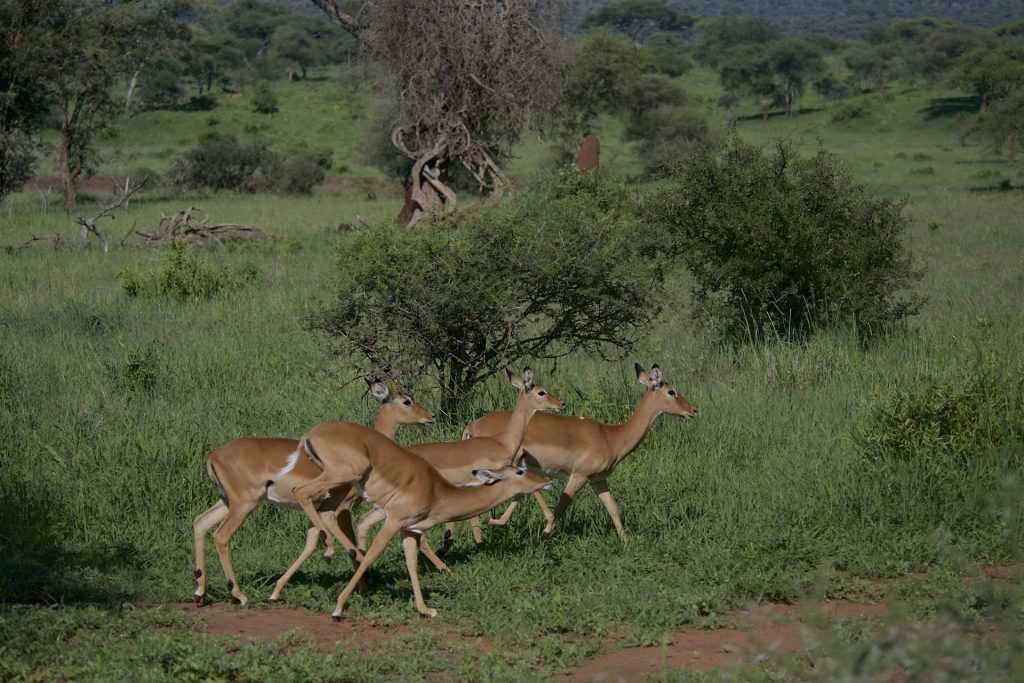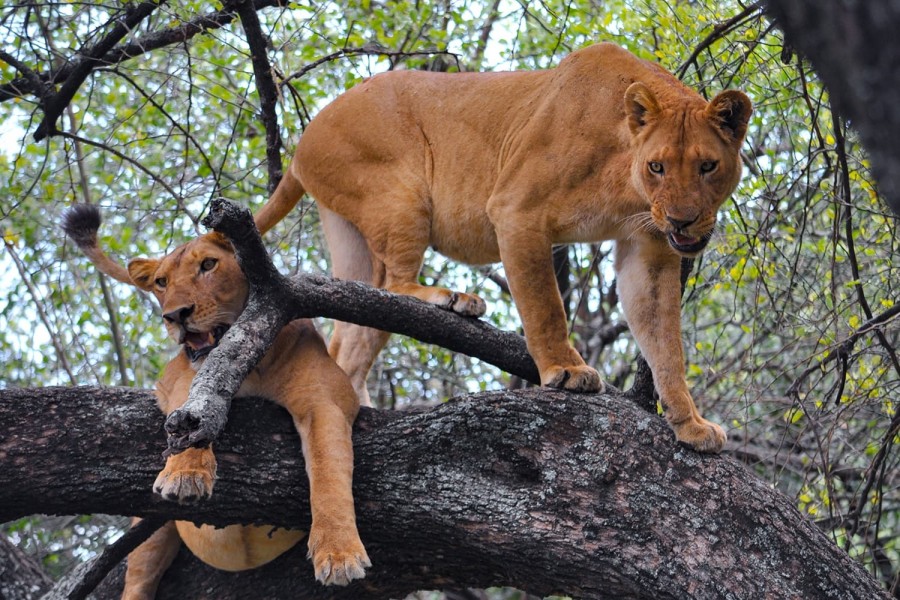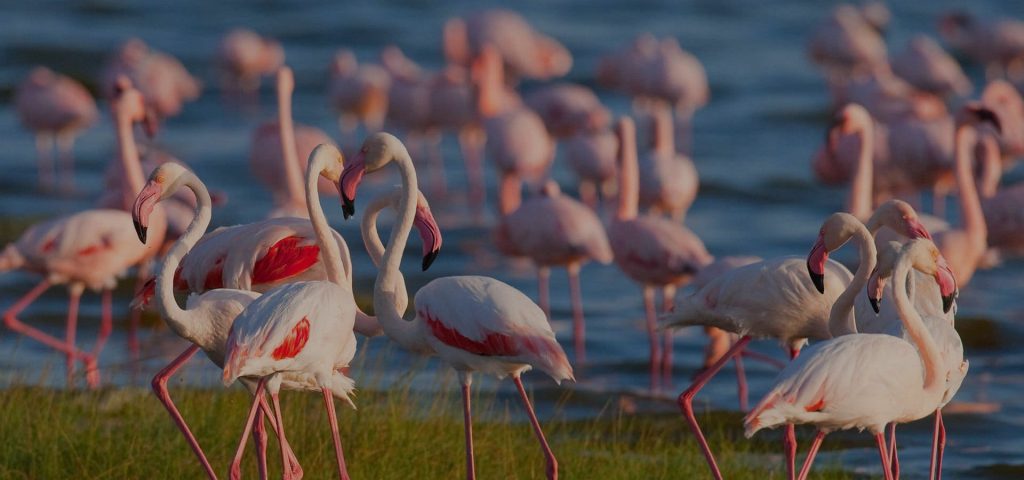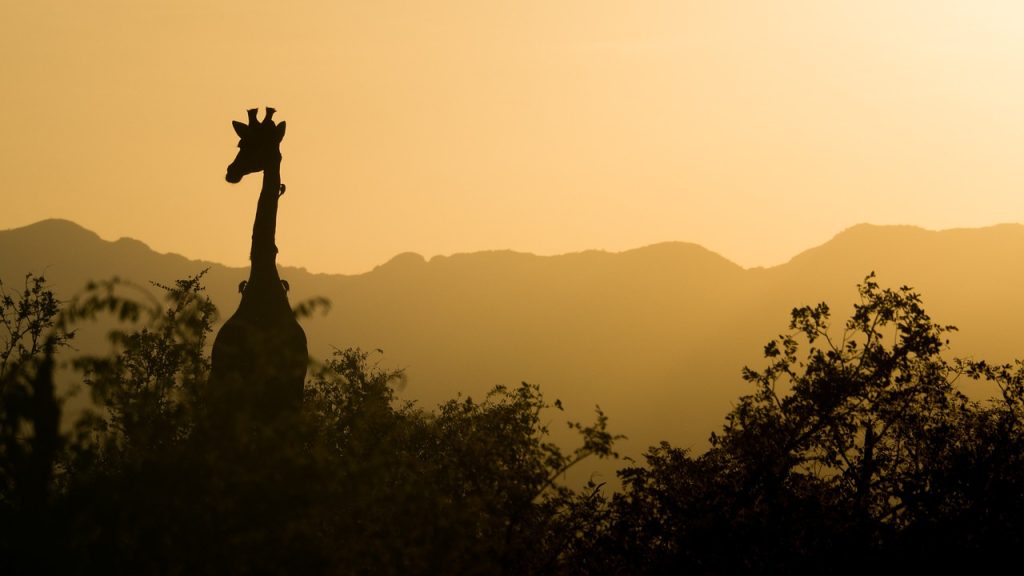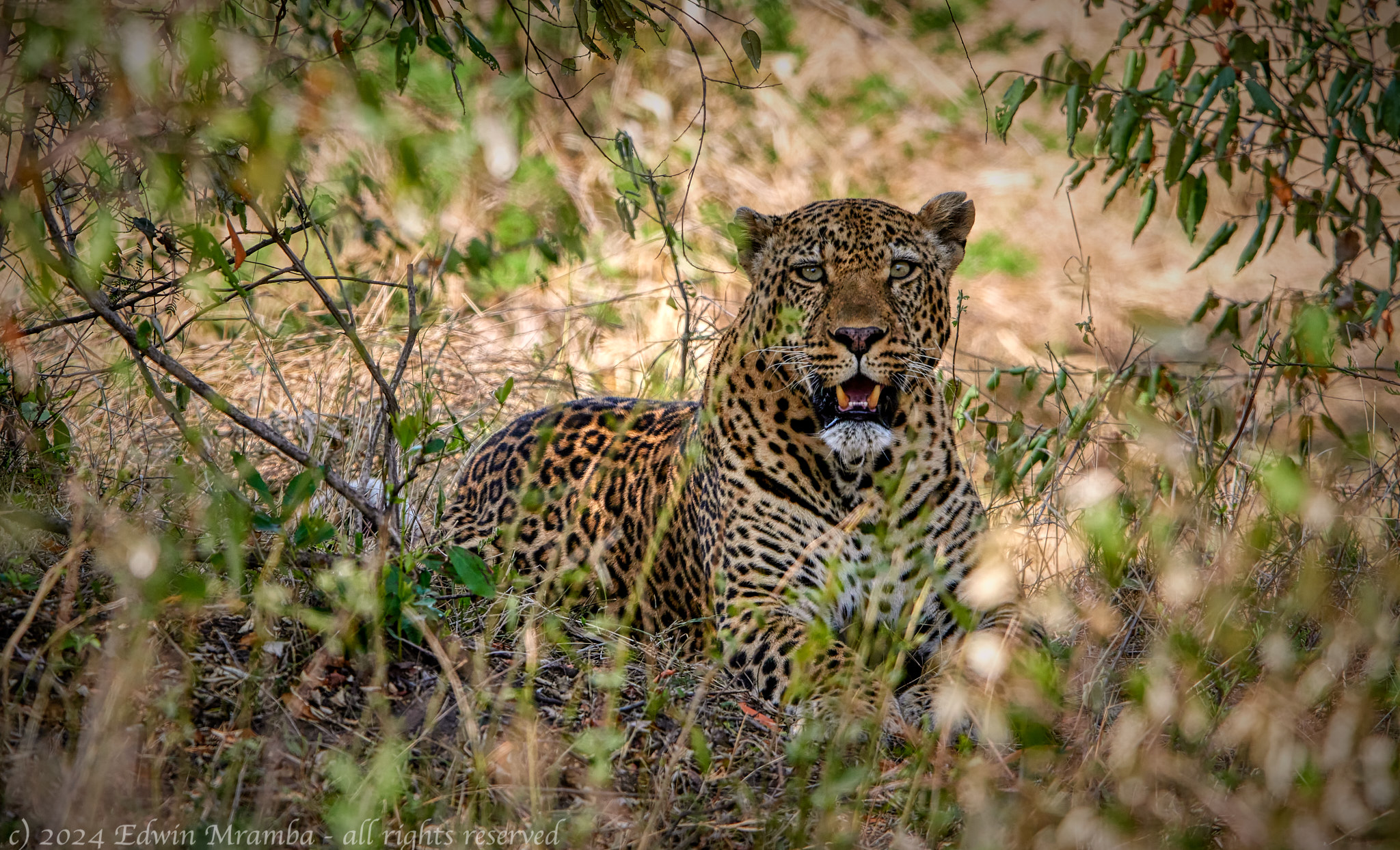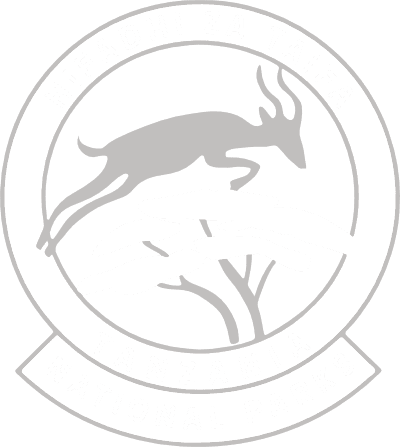Best time for Safari in Tanzania
What is the Ideal Time for a Safari in Tanzania?
The Best Time for a Safari in Tanzania
One of the top questions travelers ask is, “When is the best time for a safari in Tanzania?”
While there are definitely popular tourist seasons, the best time to visit also depends on personal preferences. Read on to discover your ideal season to visit Tanzania based on your tastes and travel interests.
Weather is Key
Unlike destinations with traditional summer, winter, fall, and spring seasons, Tanzania, situated near the equator and the Indian Ocean, experiences equatorial and tropical weather patterns.
Tanzania has two distinct seasons: wet and dry. The wet season is the rainy season, while the dry season is sunny and sometimes hot. Each season has its pros and cons, which are discussed further below.
When selecting your safari dates, keep in mind that Tanzania’s weather typically fits into these seasons. However, it is fairly common to experience sunny afternoons after a morning of rain during the wet season and occasional rain during the dry season.
The Seasons in Tanzania
Tanzania, situated near the equator and the Indian Ocean, experiences equatorial and tropical weather patterns. The country has two distinct seasons: wet and dry.
The wet season, or rainy season, typically features frequent rains and lush landscapes. The dry season is characterized by sunny, sometimes hot weather, with fewer rains. Each season offers unique advantages and drawbacks for travelers, which are explored further below.
When planning your safari, remember that Tanzania’s weather can vary within these seasons. It’s not uncommon to have sunny afternoons after a rainy morning during the wet season, and occasional showers during the dry season.
January – March
These early months are typically the hottest in Tanzania, peaking in February. This generally dry season is one of the most popular times for safaris, so parks may feel a bit crowded, especially around the New Year. Animals are often seen gathering around rivers and lakes for water as other sources dry up.
Tarangire National Park is particularly popular during this time. Zebras and gazelles come to the Tarangire River for water, attracting predators like lions and leopards, making it a prime spot for wildlife viewing.
March – May
From mid-March through May is the “long rainy season,” characterized by nights and mornings of rain. Afternoons typically see some sunshine, and evenings are serene. The rains make the landscape lush and green, and animals are lively and active with abundant water sources.
However, some park roads may become impassable due to flooding or deep mud, though main roads and paved sections, especially in the Ngorongoro Conservation Area, remain accessible. This season sees fewer tourists, and many accommodations offer discounts. Visitors often find the rainy season offers a more intimate and secluded safari experience, with active wildlife in damp, green forests.
June – September
This period is considered the “cold” season in Tanzania. While locals may wear winter coats and hats, visitors from other climates often find the weather pleasant and fresh. Mornings can be chilly, so bring a jacket, but afternoons are generally sunny and dry.
This is another popular travel season in Tanzania, with many visitors in the national parks. If you’re not a fan of hot weather, this is an ideal time to visit during Tanzania’s dry season. It’s also a common time for viewing the Great Migration in Serengeti National Park.
October – December
The short rains typically fall between October and December, and the weather gets warmer as the year ends. October is also when jacaranda trees bloom across East Africa, showcasing a beautiful spectacle of purple flowers. In December, Flame Trees blossom with vibrant red flowers just before Christmas.
Christmas is a popular time for tourists to visit Tanzania, and the short rains often end by mid-December. Many visitors plan special activities for the holiday season, such as summiting Mount Kilimanjaro. Hotels and lodges may offer special holiday meals. The weather in December is usually considered ideal, although parks and accommodations may be more crowded than at other times of the year.
Dry Season: Pros and Cons
Pros
Cons
Rainy Season: Pros and Cons
Pros
Cons
The best time to visit Tanzania depends on personal preference. For a more intimate safari experience with fewer crowds, consider the wet season. To witness vibrant colors in nature, visit in October or November. For the Great Migration river crossing, opt for July or August during the dry season. Tanzania’s wildlife is ever-active, offering awe-inspiring experiences year-round. Choose a time that suits you best and prepare to be amazed by
the natural beauty and thrilling wildlife of this incredible country.

